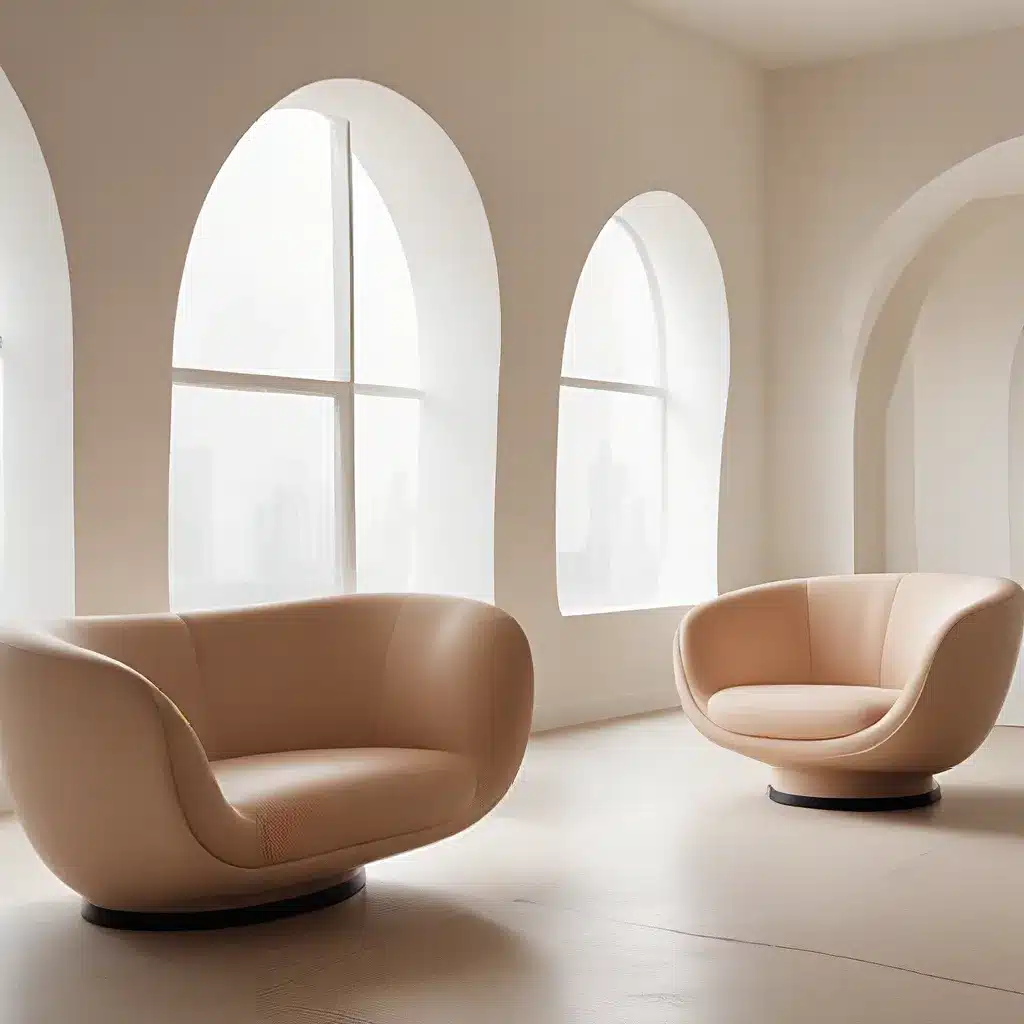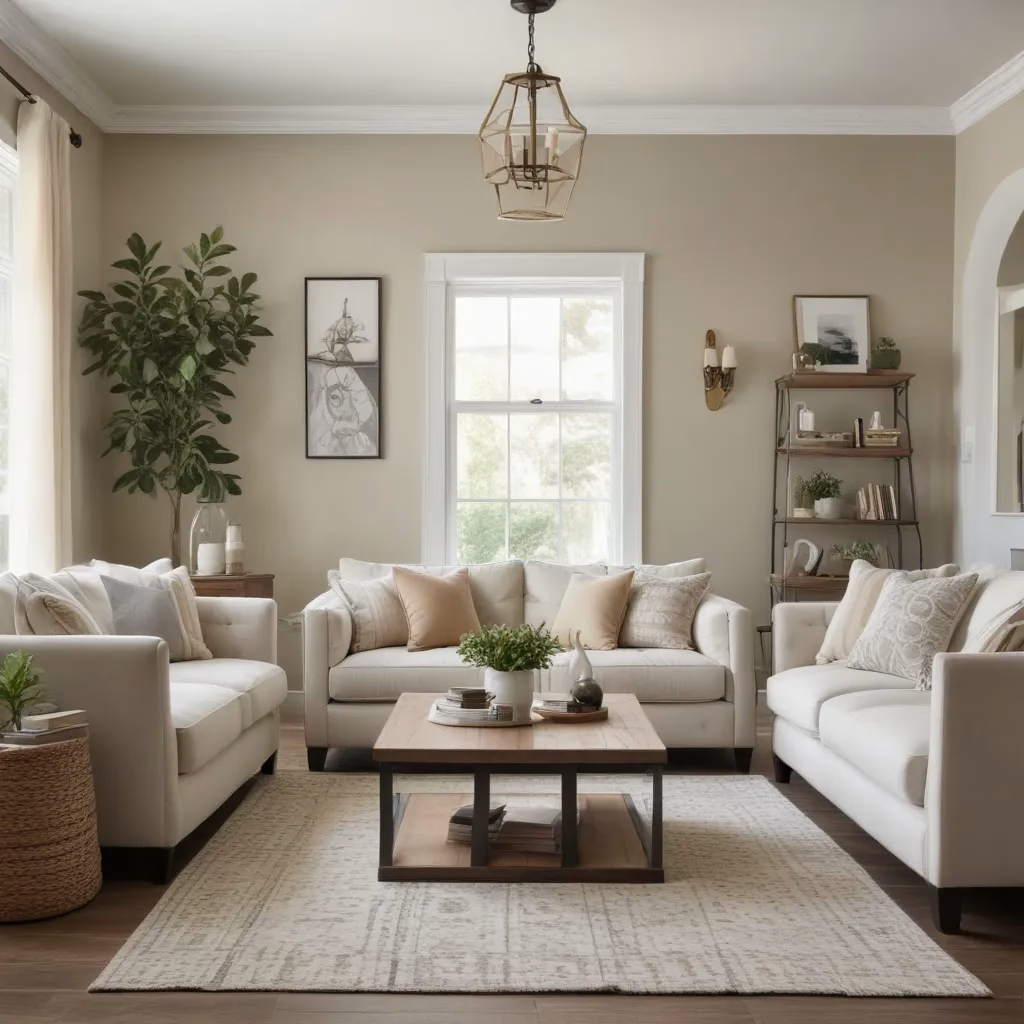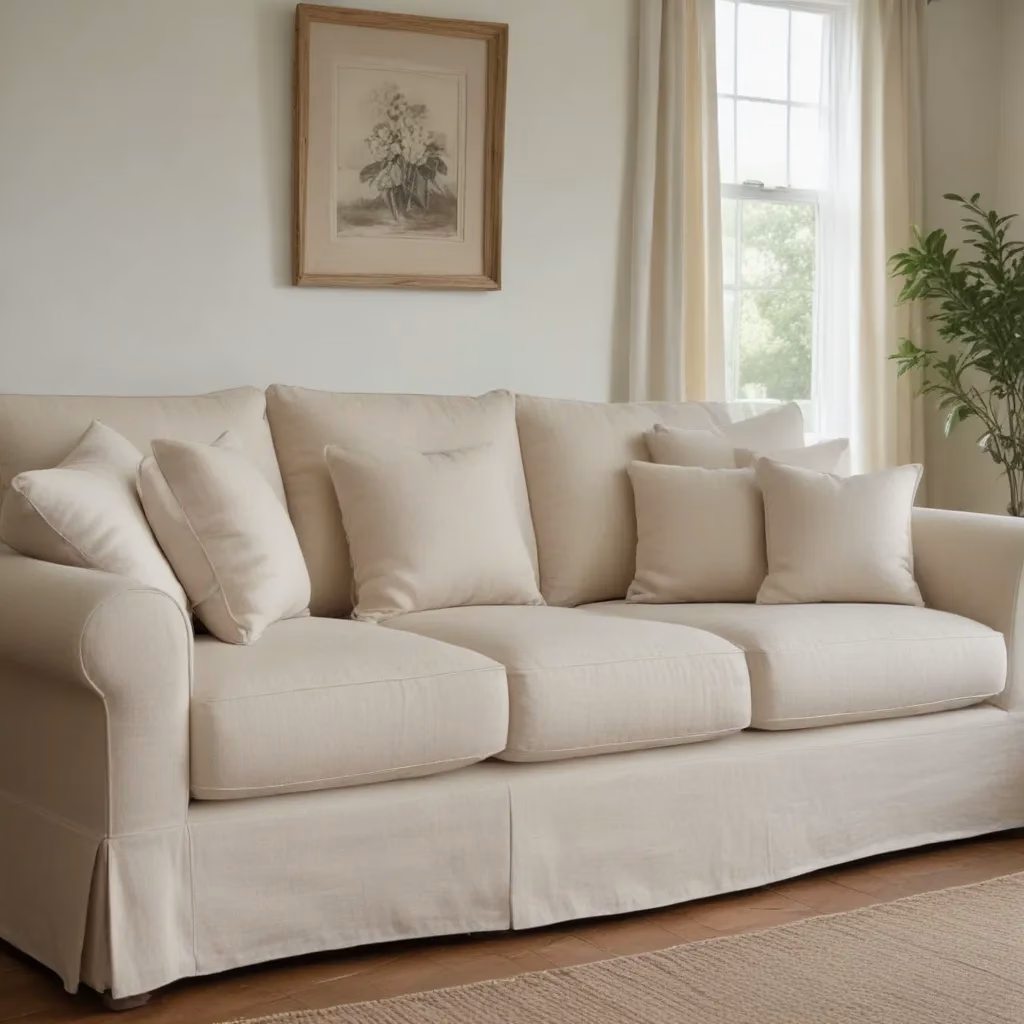
Ah, the age-old debate – are curves making a comeback in the world of design and architecture? Well, if you ask me, the answer is a resounding yes! In recent years, we’ve witnessed a veritable renaissance of curvilinear aesthetics, with designers and architects alike embracing the soft, organic lines that once reigned supreme.
The Call of Nature
One of the key drivers behind this trend is the reconnection with nature. After years of rigid, geometric designs that seemed to defy the fluid beauty of the natural world, there’s a growing yearning for structures and spaces that evoke a more primal, instinctual connection. As the article on Ideal Work mentions, curves and rounded shapes “recall the sinuous beauty of nature” – from the undulating waves of the ocean to the sweeping profiles of mountains.
It’s as if we’ve collectively realized that our built environments need to strike a delicate balance between the man-made and the natural. And what better way to achieve that than by incorporating the very shapes and forms that exist in the world around us? Think of the iconic Villa Mairea by Finnish architect Alvar Aalto, where the interplay of curves and angles creates a harmonious, organic whole.
Dynamism and Surprise
But the return of curves isn’t just about reconnecting with nature – it’s also about injecting a sense of dynamism and surprise into our architectural and design landscapes. As the Ideal Work article points out, buildings like the Guggenheim Museum in Bilbao by Frank Gehry and the Heydar Aliyev Centre in Baku by Zaha Hadid have embraced curvilinear forms to create “original icons” – structures that challenge the rigidity of conventional shapes and offer up unexpected visual experiences.
Imagine walking through a space where the walls undulate, the ceilings arch, and the very foundations seem to defy gravity. It’s a sensory experience that can’t be replicated in a perfectly square room or a straight-edged facade. By incorporating curves, designers and architects are able to create a sense of movement, wonder, and even a bit of whimsy – qualities that can breathe new life into even the most utilitarian of spaces.
The Rise of the Arch
And let’s not forget the humble arch – that timeless architectural element that’s making a huge comeback in contemporary design. As the Ideal Work article highlights, the Cadence project by Alison Brooks Architects in London is a prime example of how arches can add a sense of “value and airiness” to a structure. These computer-generated Bézier arches not only lend a unique dynamism to the facade, but they also blend modern technology with historical references in a harmonious way.
It’s a trend that speaks to our collective desire for spaces that feel both familiar and fresh – a nod to the past with a decidedly contemporary twist. And let’s be honest, who doesn’t love the visual drama of a well-placed arch? It’s a design element that can instantly transform a room, adding depth, character, and a touch of elegance that’s hard to replicate with straight lines alone.
Comfort and Nostalgia
But the return of curves isn’t just limited to the world of architecture – it’s also making waves in the realm of interior design. As the Ideal Work article notes, there’s a growing demand for sofas, chairs, and other furnishings with sinuous, organic shapes that offer a unique blend of comfort and visual appeal.
This “puffy furniture,” as British Vogue has dubbed it, speaks to a contemporary longing for spaces that feel welcoming, reassuring, and even a little bit nostalgic. In a world that’s been turned upside down by a global pandemic, it’s no wonder that we’re gravitating towards design elements that evoke a sense of coziness and familiarity.
And it’s not just about the physical comfort of these rounded, enveloping forms – it’s also about the psychological and emotional impact they can have on us. By softening the harsh edges and angular lines that have dominated design for so long, these curvilinear pieces are creating spaces that feel more inviting, more nurturing, and more conducive to the kind of relaxation and well-being that we all crave.
A Holistic Approach
But the true beauty of this curvilinear design renaissance lies in its holistic approach. It’s not just about incorporating curves for the sake of aesthetics – it’s about creating environments that harmonize with the natural world, inspire wonder and delight, and foster a sense of comfort and belonging.
Whether it’s the undulating facades of a groundbreaking architectural project, the cozy embrace of a sinuous sofa, or the airy grace of a well-placed arch, these curvilinear elements are reshaping the way we experience and interact with the spaces around us. And as we continue to navigate the ever-evolving landscape of design and architecture, I have a feeling that the reign of the curve is far from over.
So, my friends, if you’re in the market for a new sofa or perhaps even contemplating a home renovation, I’d highly recommend checking out Sofa Spectacular. With their commitment to quality, comfort, and cutting-edge design, they’re sure to have the perfect piece that will help you ride the wave of this exciting new curvilinear trend. Who knows – it might just be the key to unlocking a whole new level of relaxation and inspiration in your living space.



